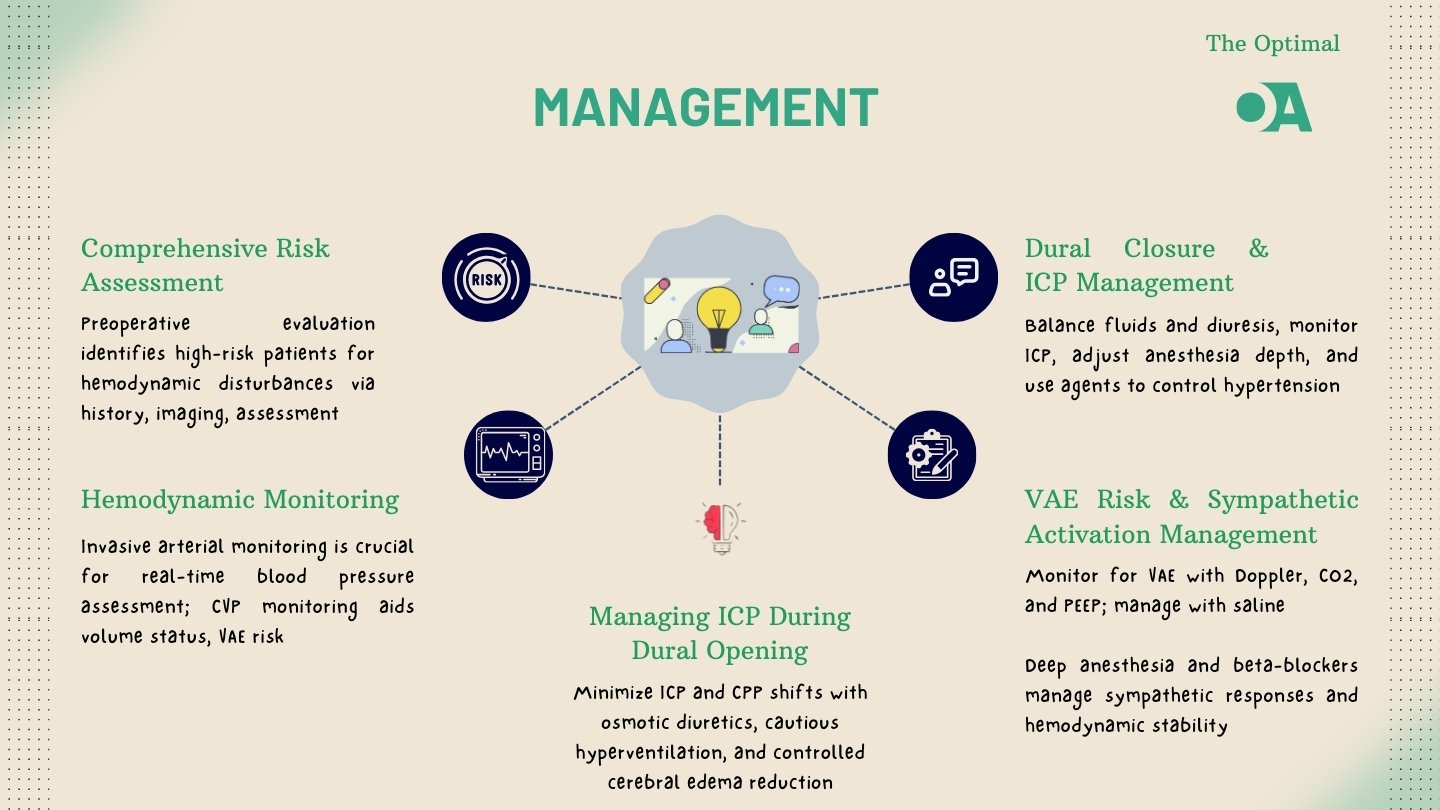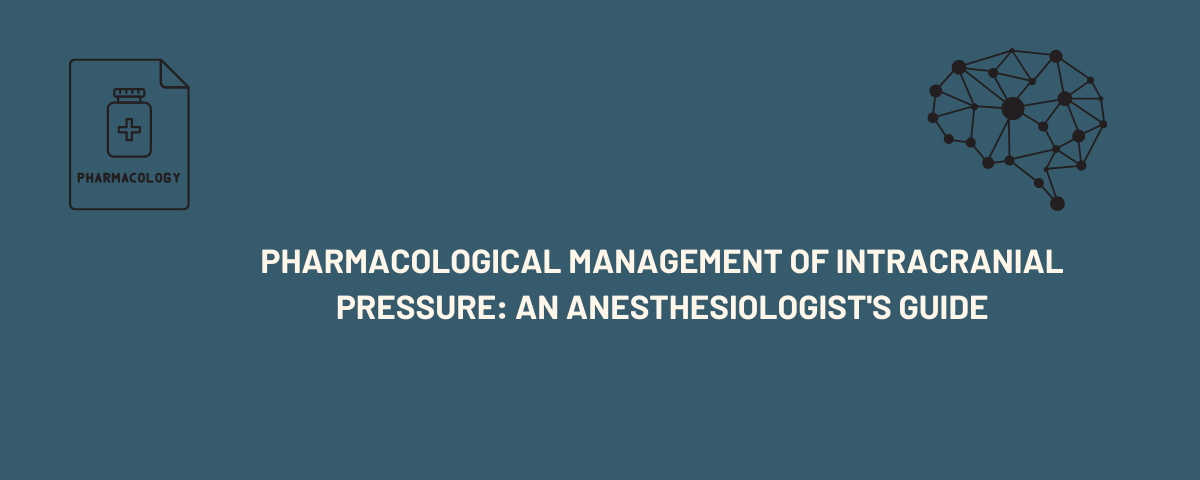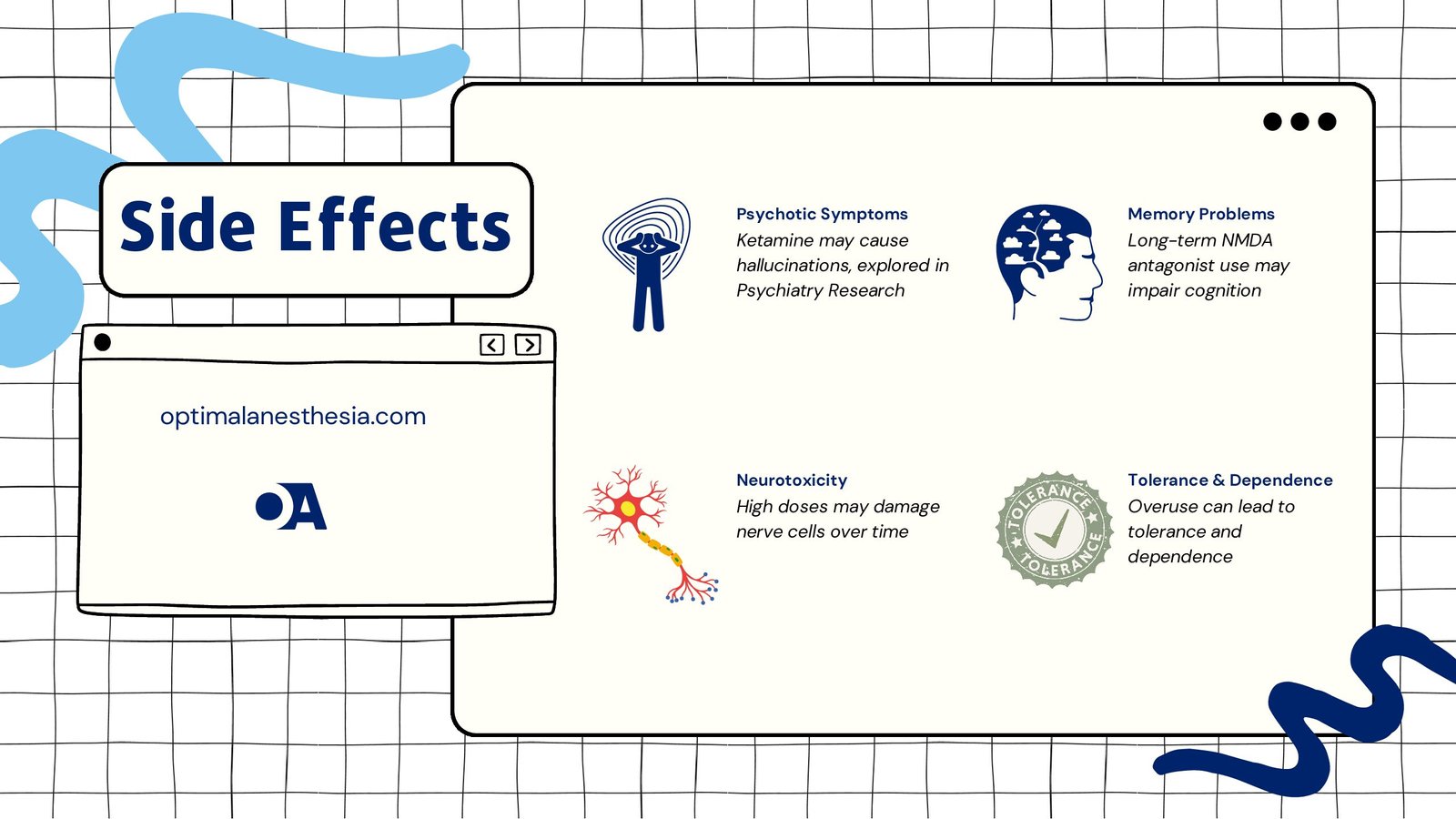Managing Hemodynamic Disturbances in Neurosurgical Anesthesia
Neurosurgical procedures, particularly those involving the dura mater, present unique challenges for anesthesiologists due to the intricate relationship between intracranial pressure (ICP), venous air embolism (VAE), and sympathetic nervous system activation. Managing hemodynamic disturbances during these critical phases is essential to optimize patient outcomes and prevent severe complications. 1. Understanding Intracranial Pressure (ICP) Dynamics 1.1 … Read more






